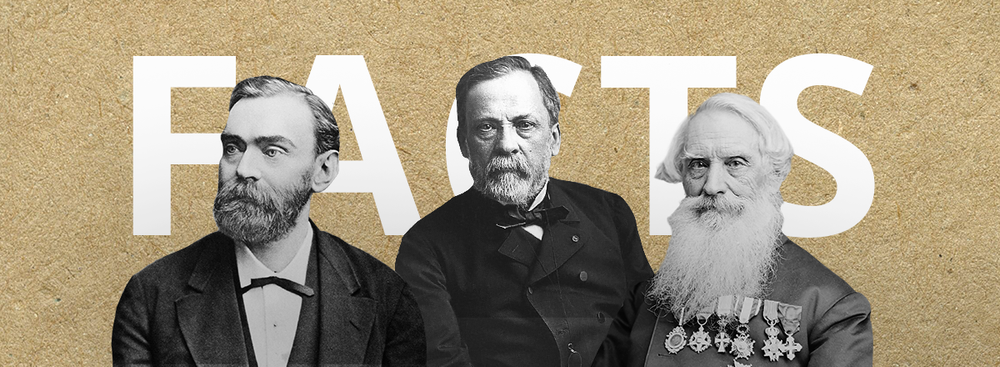As it turns out, great inventors were damn versatile and many-sided personalities! When you read about their antics, you may get sad about the fact that the world only remembers them as the creators of computers, drugs, and explosives.
1. From a villain to the man who established the Nobel Prizes
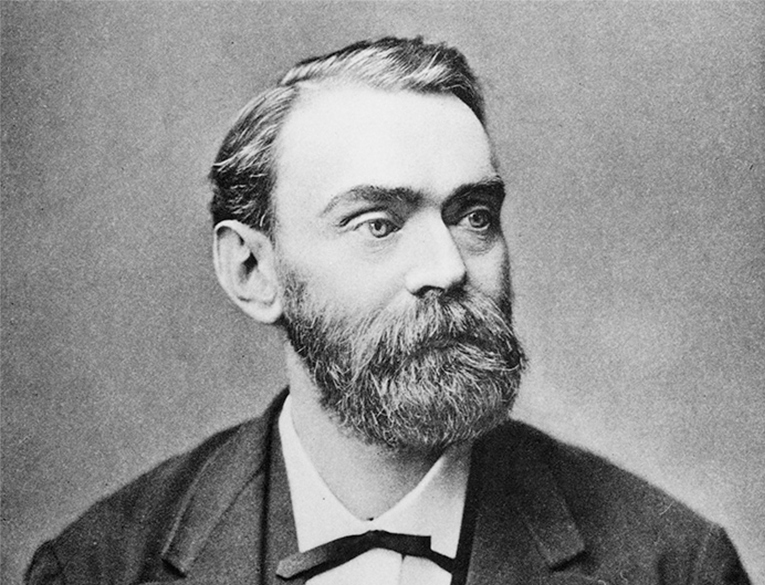
The idea of the Nobel Prize came to Alfred Nobel (surprised, huh?) in 1888, when he opened a newspaper and saw his own obituary saying, “The merchant of death is dead.” Rumors about Alfred’s death were slightly exaggerated. Reporters confused the inventor of dynamite with his brother Ludvig, who, regrettably, died indeed. Alfred thought that he didn’t really want people to remember him as a Dr. Evil, and, in general, a villain and a man who would intimidate naughty children. Therefore, he decided to establish an award for the most significant achievements in physics, chemistry, medicine, literature, and for contribution to world peace.
2. An ardent anti-smoker who came up with pasteurization
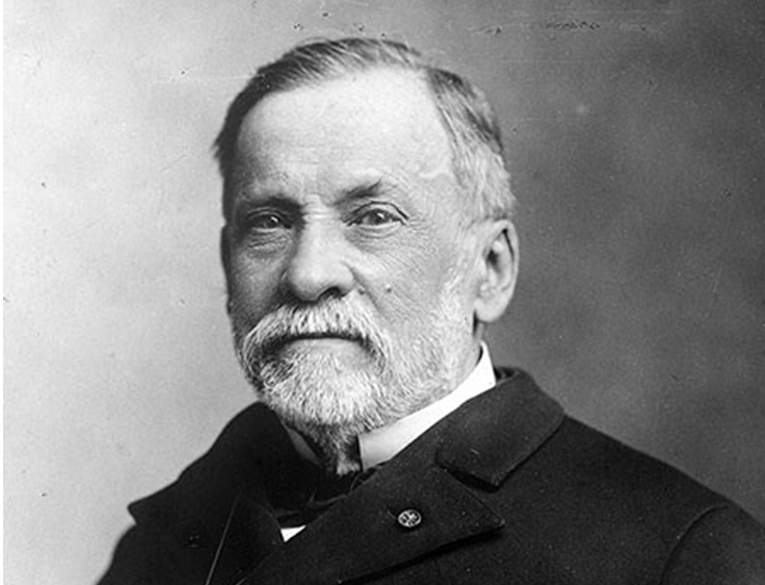
Louis Pasteur, a scientist who came up with the food preparing process called pasteurization, was an ardent anti-smoker. Back in his days, Louis worked as dean of the science faculty at the University of Lille. After some emotional impulse, Louis announced that all smoking students would be expelled. As a result, 73 out of 80 students were expelled from the group.
3. How calligraphy influenced Apple Mac

Until the day he died, Steve Jobs believed that the success of his computer was mainly due to the fact that he (Steve Jobs, of course, not a computer) attended calligraphy classes while studying at college. That is why the Macintosh (Mac) is the one and only computer with beautiful calligraphy, several headsets, and proportional fonts.
4. The one who didn’t want to donate any money

Once Henry Ford was offered to take a seat in the Senate. Without further ado, he wrote a letter in response, saying that he would gladly accept the offer, but wanted to make it clear at the beginning that he would never donate a penny. After that, the proposal was personally declined by President Woodrow Wilson. That’s where the eternal dilemma of wealthy people comes from. They always wonder whether people are their friends because of their money or because of what kind of person they are.
5. Samuel Morse: No immigrants! No Catholics!
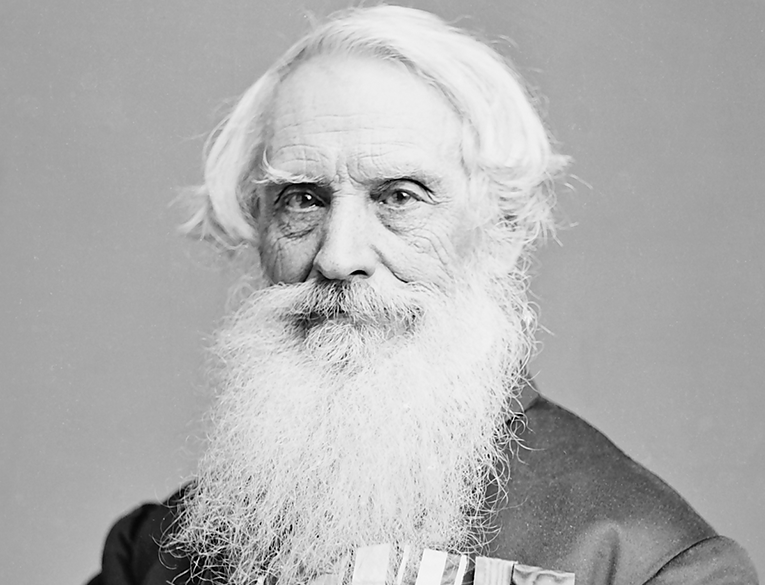
Samuel Finley Breese Morse is known for inventing Morse code. But he was also very interested in politics and even ran for mayor of New York. It is noteworthy that his slogan was “No immigrants. No Catholics.”
6. When your intellectual property is not really yours
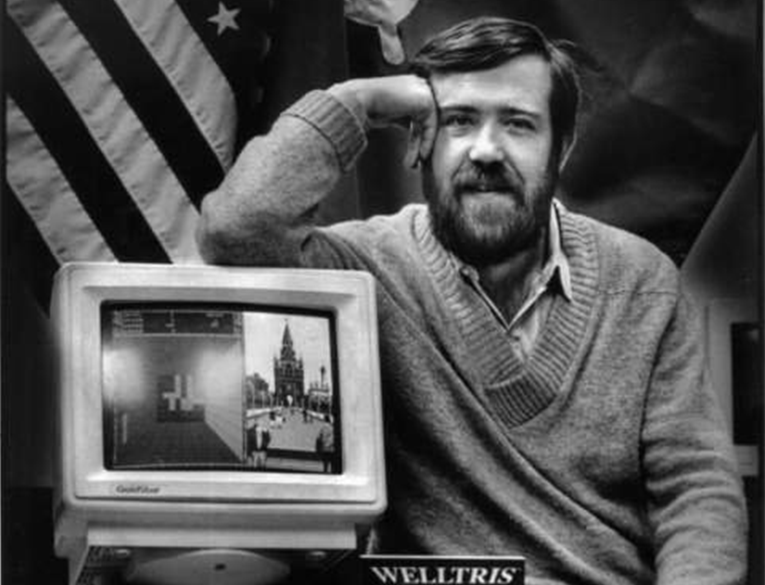
Sergei Pazhitnov is not just another Russian dude, he developed Tetris. He created his brainchild in 1984, but he could eat and drink for the proceeds from the game only in the 90s as according to the law of the USSR, all citizens' intellectual property products belonged to the state. The theme song from Tetris is still not the subject of copyright.
7. A man who invented musical golf clubs
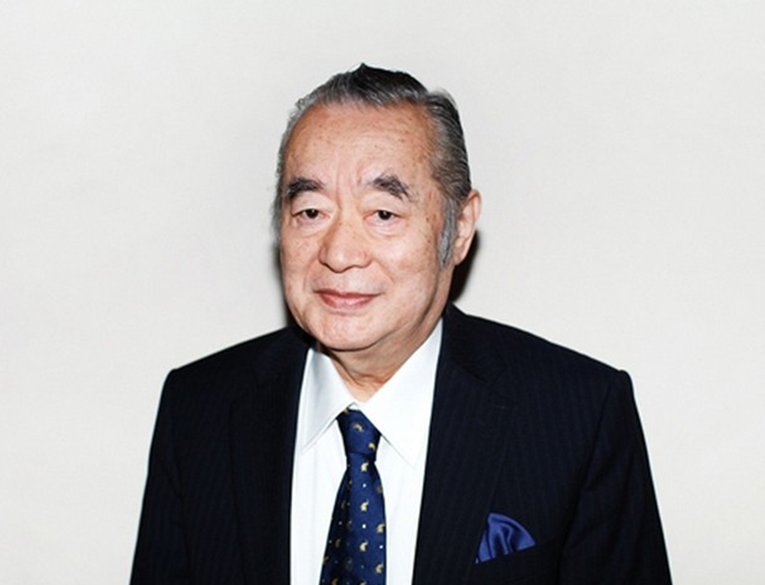
Yoshiro Nakamatsu (also known as Dr. NakaMats) has 3,377 patents, which is three times more than Thomas Edison had. Among his patents, there is a self-raising toilet seat, musical golf clubs, and a self-defense wig. Besides, Yoshiro claims that it is thanks to his developments that a diskette eventually saw the light of day. But in comparison to musical golf clubs, the latter somehow fades.
8. Pearls equal torture

Nikola Tesla despised and hated pearls. He even forbade his assistant to wear jewelry with pearls. When he ever saw pearls on a woman over whom he did not have power (for example, she was not his assistant), he would immediately leave the room because it was like torture for him.
9. A discovery made by a ten-year-old girl

Let’s move back to 2011. In a chemistry lesson, a 10-year-old fifth-grade student Clara L. Lazen put together a model of a substance molecule that she called tetranitratoxycarbon (clearly named not after her favorite toy). School teacher Kenneth Boehr became interested in the model and sent a picture of it to a friend professor. Having studied the molecule assembled by Clara, the professor discovered that such a compound has not yet been described by science. From this teacher, we can learn the ability to successfully become a co-author of the discovery.
